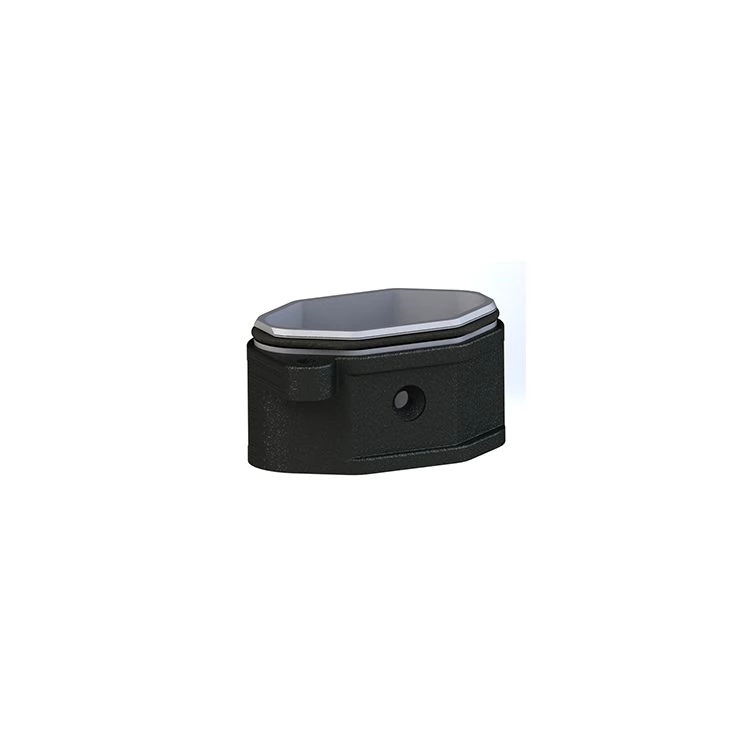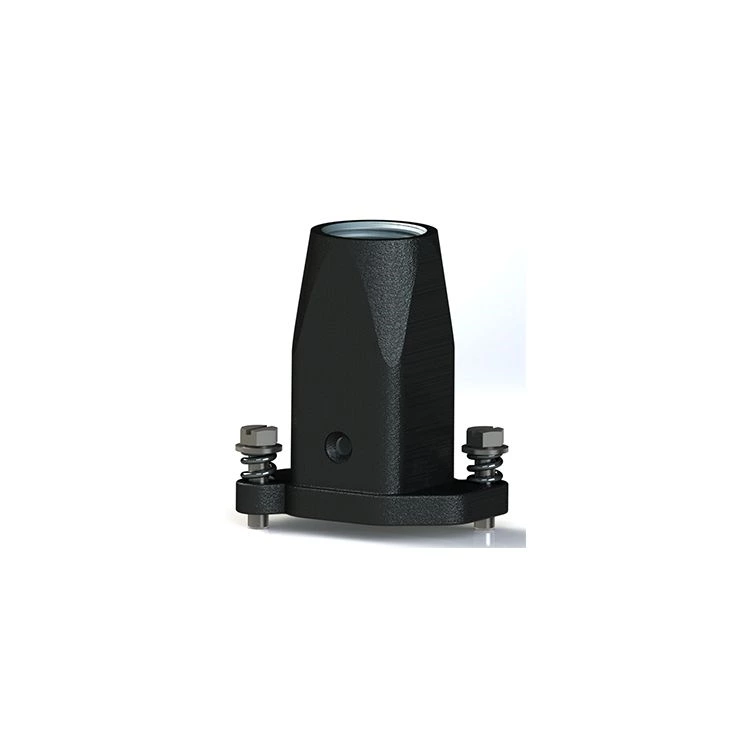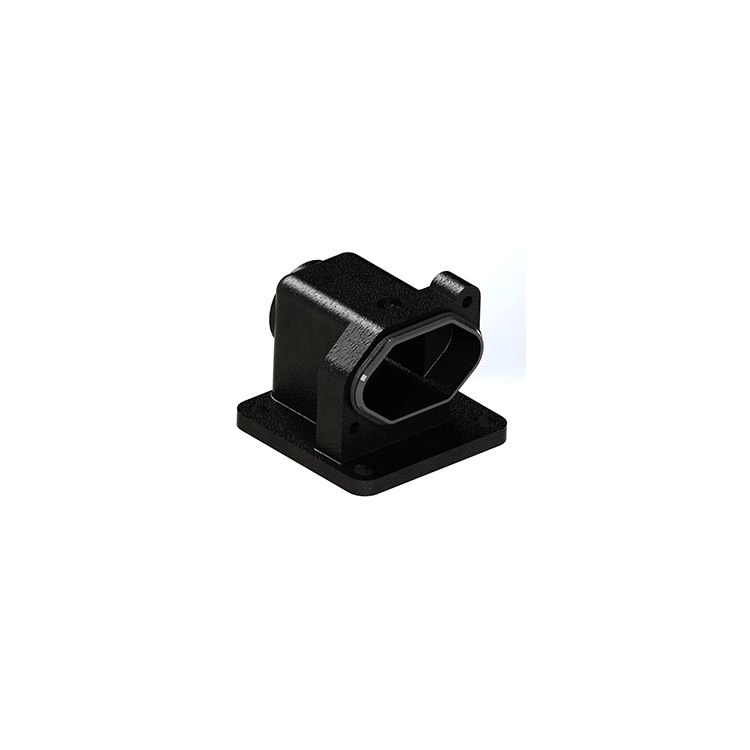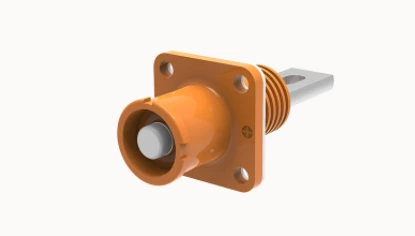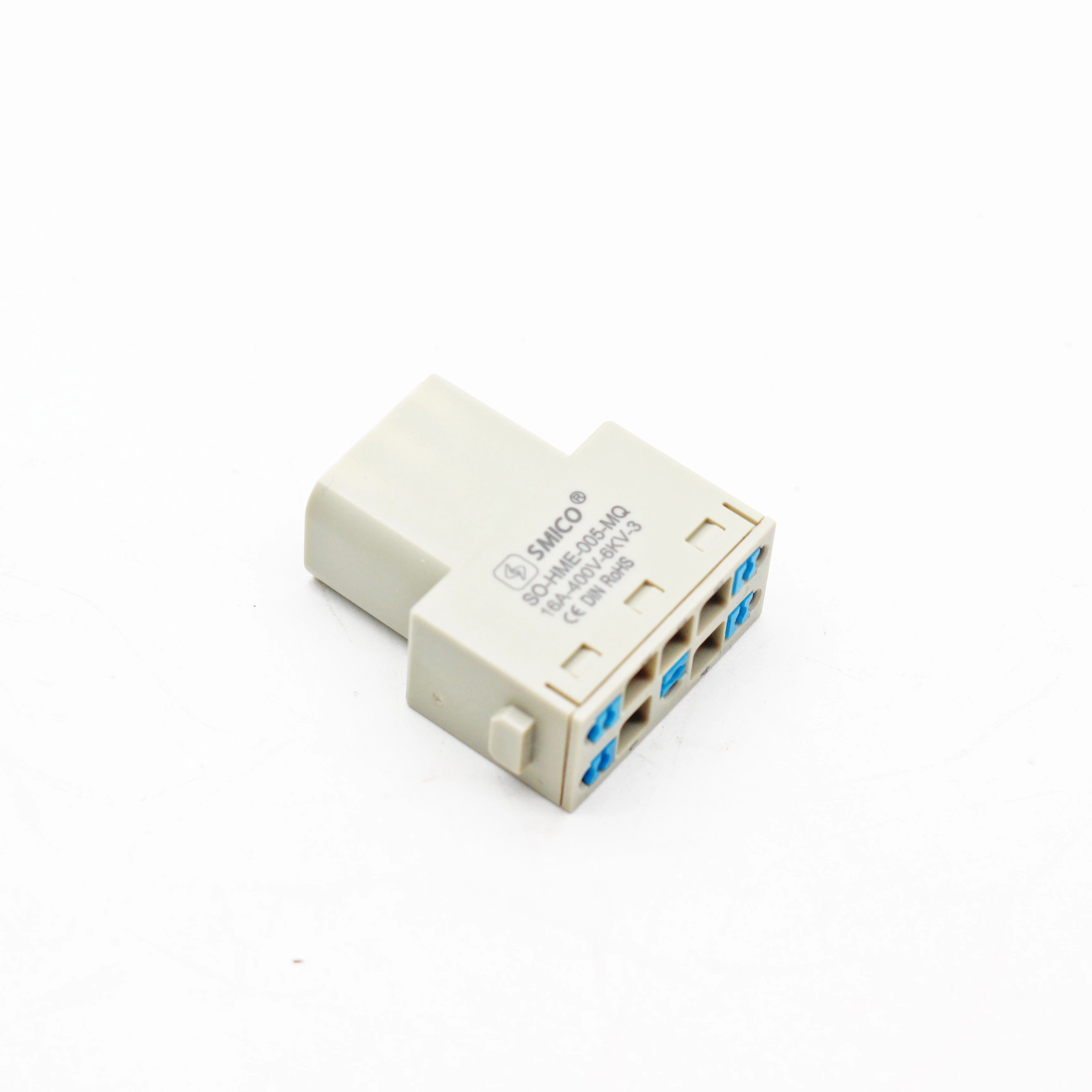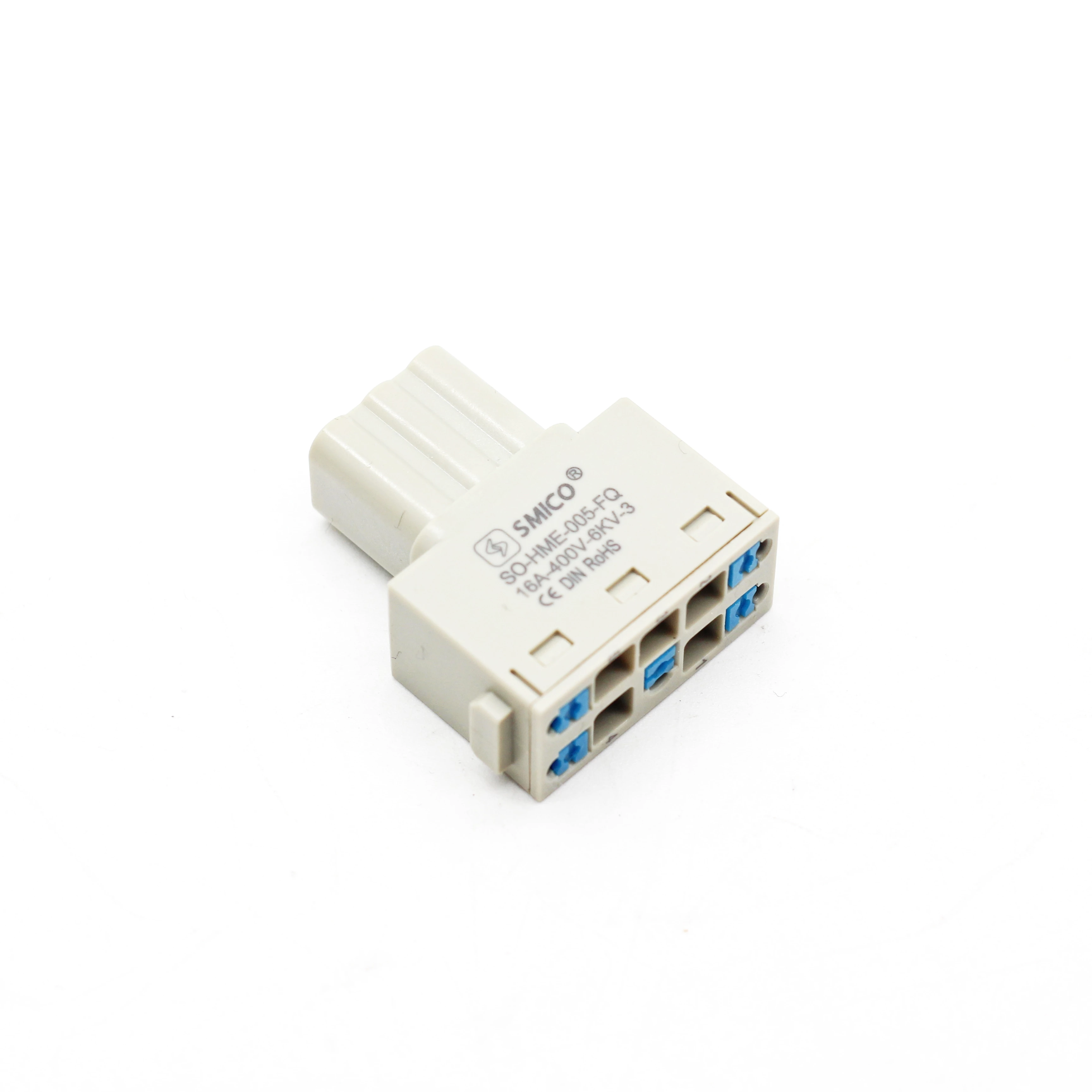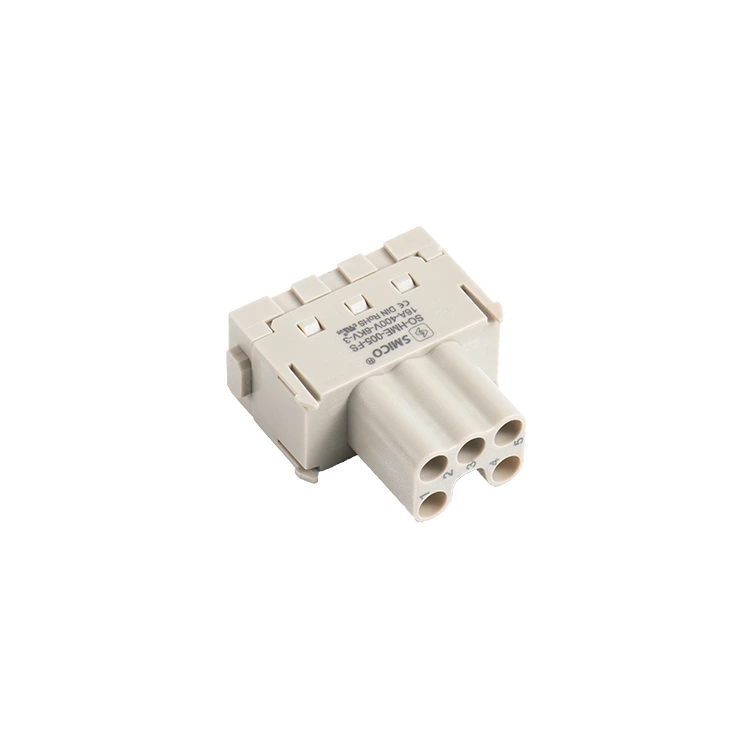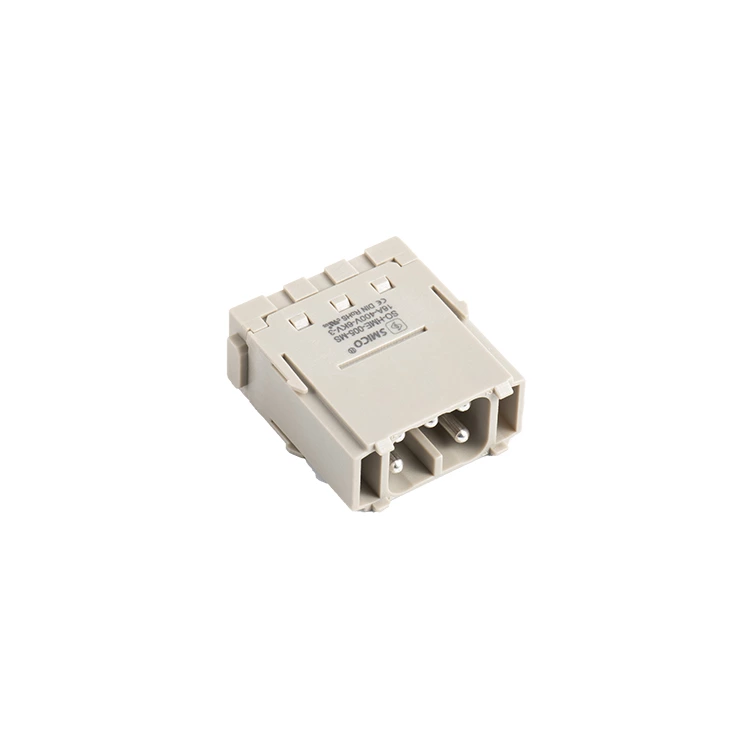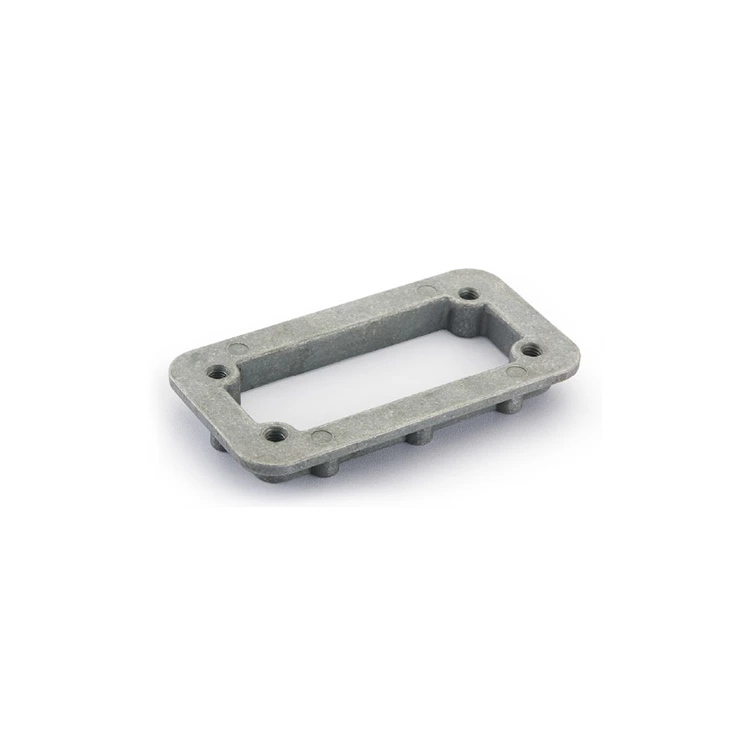Terminals And Overload Connectors, What Is The Difference Between The Two?
Heavy Duty Connector and terminals are common objects for practitioners in electrical-related fields. However, many beginners are often confused about their basic concepts and uses. For such an important object, if it is not chosen properly, it will often affect the operation of the entire electrical engineering.
6 pin heavy duty connector is the positioning connector heavy duty for connecting electronic circuits, consisting of plug-ins and heavy duty 2 pin connector. Generally speaking, its two parts can be separated, and when in use, heavy duty connector 16 pin can build a bridge between blocked currents or isolated circuits, becoming the heavy duty connector 5 pin of circuit flow. Therefore, it can also be called heavy duty connector 6 pin.
Terminals are ancillary products used to achieve electrical connections. It is a piece of metal sealed in insulating plastic with holes at both ends for inserting wires. It is classified as a connector in industry. With the development of industrial automation, the application of terminal blocks has become more and more extensive, and there are many types, including hardware terminals, nut terminals, spring terminals, etc.
Terminals are used to facilitate the connection of wires. In fact, it is a piece of metal sealed in insulating plastic. There are holes at both ends to plug in wires, and screws to tighten or loosen. For example, two wires sometimes need to be connected and sometimes need to be disconnected. At this time, you can use terminals to connect them, and you can also disconnect them at any time without welding or twisting them together. It is very convenient and fast. Moreover, it is suitable for the interconnection of a large number of wires. In the power industry, there are special terminal blocks and junction boxes, all with single-layer, double-layer, current, voltage, ordinary, fragile, etc.
The terminal board is part of the connector. The terminal and the rubber shell are the two main parts of the connector. The rubber shell is made of plastic and plays a role of protection and insulation, while the terminal is usually made of metal and plays a role of conductivity. The combination of the two ensures the stability of the connector.


